¿Planeando un viaje de nieve con presupuesto limitado? Es más fácil de lo que piensas. Con elecciones inteligentes y un poco de preparación, puedes disfrutar las pistas sin gastar de más. Aquí está lo esencial:
- Equipo: Evita configuraciones costosas. Opciones compactas como Snowfeet (desde $150) ahorran dinero y espacio.
- Viaje: Reserva con anticipación y apunta a horarios fuera de temporada para reducir costos hasta en un 50%.
- Alojamiento: Cabañas, alquileres vacacionales o hostales pueden costar tan poco como $30–$50 por noche cuando se comparten.
- Ofertas: Usa plataformas como Liftopia para boletos de elevación con descuento y tiendas locales para ahorrar en equipo.
- Empaca Ligero: El equipo compacto evita tarifas de equipaje y facilita el viaje.
Esquía por menos: 10 formas inteligentes de ahorrar en tu próximo viaje
Consejo 1: Elige equipo asequible y multiusos
Cuando se trata de aventuras en la nieve, tus elecciones de equipo pueden mantener tu presupuesto o hacer que tus gastos se disparen. Un equipo típico de esquí para principiantes puede costar entre $400 y $500, mientras que el equipo de snowboard suele oscilar entre $400 y $800. ¿El truco? Opta por un equipo lo suficientemente versátil para manejar diferentes condiciones de nieve y niveles de habilidad. Esto no solo te ahorra dinero, sino que también reduce los costos de almacenamiento, transporte y mantenimiento. Entra Snowfeet*: un cambio de juego para los entusiastas de la nieve conscientes del presupuesto.
Snowfeet*: Una solución rentable y multiuso
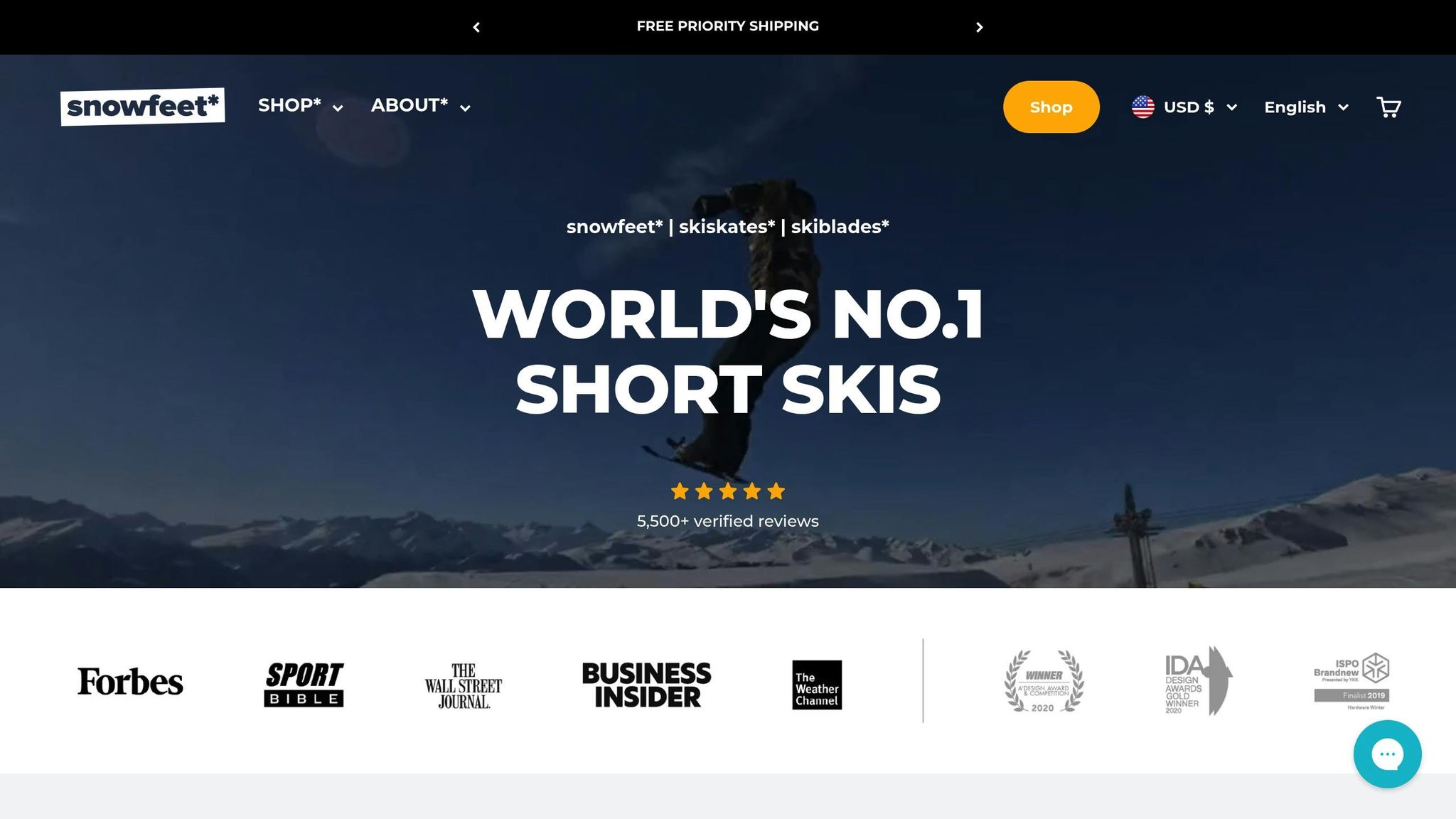
Snowfeet* es un ejemplo perfecto de equipo que es asequible y versátil. Sus Mini Ski Skates comienzan en solo $150, mucho menos que los $400–$500 que gastarías en configuraciones de esquí para principiantes. Incluso sus Skiblades premium de 99 cm, con un precio de $490, siguen siendo significativamente más baratos que el equipo tradicional comparable. Lo que realmente distingue a Snowfeet* es su compatibilidad con botas de invierno o de snowboard regulares, además de su diseño compacto que cabe perfectamente en una mochila. Eso significa sin tarifas extra por equipaje o alquiler de portaequipajes en el techo.
Pero Snowfeet* no se trata solo de ahorro, sino de flexibilidad. Puedes usarlos en pistas preparadas, en parques de nieve, en colinas del patio trasero e incluso en polvo ligero. Compáralo con los esquís largos tradicionales, que a menudo rinden mejor en condiciones muy específicas. El mantenimiento también es sencillo: una simple cera diaria los mantiene deslizándose suavemente y evita que se peguen.
"¡Estos son increíbles! Soy snowboarder y no estaba seguro sobre estos, pero decidí probarlos porque mi primer amor es el patinaje sobre ruedas. ¡Estos son geniales! Me quedé en el bunny en Keystone y rápidamente me sentí cómodo con ellos." - Allyson Brown
Alquilar vs. Comprar: ¿Qué tiene más sentido?
Si estás sopesando el costo de alquilar versus comprar equipo, Snowfeet* hace que la decisión sea bastante sencilla. Con precios de alquiler que promedian entre $40 y $60 por día, Snowfeet* puede pagarse solo en tan solo 3 a 8 días. Además, su tamaño compacto significa que no necesitarás invertir en soluciones de almacenamiento costosas, una ventaja para quienes viven en un apartamento o tienen espacio limitado.
También hay una ventaja de aprendizaje. Snowfeet* tiende a tener una curva de aprendizaje más suave en comparación con los esquís tradicionales, lo que facilita que los principiantes se sientan cómodos en las pistas.
"Soy un esquiador principiante y esto fue más cómodo." - KIRSTEN BROWN
Para las familias, los beneficios son aún mayores. Equipar a varios miembros de la familia con equipo tradicional puede sumar rápidamente miles de dólares. Snowfeet*, por otro lado, ofrece una alternativa asequible que puede adaptarse a medida que mejoran las habilidades, sin necesidad de actualizaciones constantes.
Al decidir si alquilar o comprar, piensa en la frecuencia con la que irás a las pistas, tus necesidades de almacenamiento y qué tan rápido planeas progresar. Para quienes planean múltiples viajes, Snowfeet* ofrece una solución práctica y a largo plazo que supera los alquileres repetidos o los costosos equipos tradicionales.
Consejo 2: Encuentra Opciones de Viaje Baratas
Los costos de viaje pueden consumir tu presupuesto rápidamente, pero con una planificación inteligente, puedes ahorrar cientos de dólares en transporte. Ya sea que viajes por todo el país o hagas un viaje por carretera a una montaña cercana, ser estratégico con tus elecciones de viaje es clave.
Reserva Temprano para las Mejores Ofertas
Una de las formas más fáciles de ahorrar dinero en viajes es reservar temprano. Esto aplica para vuelos, trenes, autobuses e incluso autos de alquiler. Las aerolíneas suelen lanzar sus tarifas más bajas con meses de anticipación, y los precios tienden a subir cuanto más se acerca la fecha de viaje.
"Reserva todo con anticipación. Esta es la forma más fácil de ahorrar mucho dinero, y tendrás algo que esperar. ¡Cuanto antes, mejor!" - SnowPak
Para vuelos, comienza a seguir los precios 8 meses antes y configura alertas de precios en herramientas como Kayak o Priceline.com. Aunque los vuelos suelen ser más baratos unas 5 semanas antes de la salida, esperar tanto puede ser arriesgado: podrías perder ofertas tempranas y terminar pagando más.
Si planeas un viaje de esquí, mantente atento a las ofertas de temporada temprana que comienzan en septiembre para viajar a finales de noviembre o principios de diciembre. Estas ofertas a menudo incluyen paquetes combinados con pases de elevación y alojamiento, lo que puede ahorrarte aún más. Muchos de estos paquetes también incluyen extras como noches gratis o pases de elevación con descuento, lo que los convierte en una gran oferta.
Una vez que hayas asegurado tu viaje, piensa en programar tu viaje para estirar aún más tu dinero.
Viaja Durante Temporadas Bajas
El momento puede hacer una gran diferencia en los costos de viaje. Viajar durante períodos de baja demanda - cuando la demanda es menor - puede reducir tus gastos en vuelos, hoteles e incluso tarifas de resort.
"Reservar un viaje durante una temporada baja puede descontar tu viaje en un 50% o más." - Steven Reale
Por ejemplo, enero (después del ajetreo de Año Nuevo pero evitando el fin de semana de Martin Luther King) es un momento ideal para ofertas. Los vuelos y alojamientos durante este tiempo pueden ser hasta un 50% más baratos en comparación con las semanas pico de vacaciones.
Ser flexible con tus fechas de viaje y aeropuertos también puede ahorrarte mucho. Grandes hubs como Denver International Airport o Salt Lake City International Airport suelen tener precios más competitivos debido a la mayor competencia entre aerolíneas.
Si no es necesario volar, considera conducir en su lugar, especialmente si viajas en grupo. Conducir te permite dividir costos como gasolina y estacionamiento, lo que puede reducir significativamente tus gastos totales. Además, algunos resorts ofrecen shuttles gratuitos o de bajo costo desde aeropuertos cercanos, por lo que quizás ni siquiera necesites alquilar un auto.
Al comparar opciones de viaje, considera todos los gastos relacionados. Por ejemplo, un vuelo un poco más caro que aterrice más cerca de tu destino podría ahorrarte dinero en transporte terrestre. Con un poco de planificación, puedes mantener los costos de viaje bajo control y concentrarte en disfrutar tu viaje.
A continuación: cómo conseguir alojamiento asequible para tu aventura.
Consejo 3: Ahorra en alojamiento
Encontrar el lugar adecuado para alojarte puede marcar una gran diferencia en tu presupuesto de viaje y en tu experiencia general. Pensando fuera de lo común y explorando opciones más allá de los hoteles estándar, puedes conseguir grandes ofertas mientras disfrutas de más espacio y comodidades.
Opta por cabañas o alquileres vacacionales
Las cabañas y alquileres vacacionales son una excelente manera de estirar tu dinero, especialmente si te quedas varios días o más.
"Aunque la tarifa diaria de algunas opciones de cabañas suele ser similar al costo de una habitación estándar de hotel, a menudo puedes ahorrar algo de dinero si planeas una estadía más larga. Otra forma de ahorrar es quedándote en una Deluxe Cabin que cuenta con una kitchenette. Con un espacio conveniente para preparar tus comidas, puedes abastecerte de víveres, ahorrándote el gasto de comer en un restaurante tres veces al día."
Para grupos, esta opción es aún mejor. Dividir el costo de un alquiler puede reducir tu tarifa nocturna a tan solo $30–$40 por persona. Además, tener una cocina significa que puedes evitar las costosas comidas en el resort y preparar tus propias comidas.
Al buscar cabañas, no te limites solo a grandes plataformas como Airbnb o VRBO. Una búsqueda rápida de "[destination] cabin rentals" puede llevarte a joyas ocultas con tarifas competitivas. Por ejemplo, The Redwoods en Yosemite ofrece más de 125 cabañas, que van desde acogedores espacios para dos personas hasta propiedades que acomodan hasta 22 huéspedes. También tienen "Winter Deals", facilitando aún más el ahorro.
Opciones asequibles para viajeros solitarios
¿Viajas solo? Hay muchas opciones económicas adaptadas a tus necesidades.
Los hostales son una excelente opción, con instalaciones seguras disponibles en la mayoría de los sitios de reserva. Muchos hostales incluso ofrecen dormitorios solo para mujeres con baños privados, brindando mayor comodidad y seguridad. En muchos destinos de esquí, estas opciones suelen costar menos de $50 por noche.
Los parques nacionales también ofrecen alojamiento económico. En el Parque Nacional Yosemite, las cabañas tipo tienda en Curry Village son significativamente más baratas que las habitaciones de hotel, y Housekeeping Camp comienza en $108 por noche. Si te animas a acampar, las tarifas pueden ser tan bajas como $12 por noche.
¿Prefieres una habitación privada? Los hoteles económicos y moteles son alternativas sólidas. Por ejemplo, el San Remo Hotel en San Francisco ha ofrecido habitaciones por alrededor de $80, y se pueden encontrar ofertas similares por menos de $100 por noche durante temporadas bajas. Estas propiedades suelen tener personal visible y protocolos de seguridad establecidos, lo que las convierte en una opción segura.
Descuentos para titulares de pases de esquí
Si usas un pase de esquí, puedes obtener aún más ahorros en alojamiento. Los titulares de Indy Pass, por ejemplo, obtienen descuentos en hospedaje que van del 10% al 50% en resorts asociados. Waterville Valley ofrece 50% de descuento en estancias entre semana y 30% en tarifas de fin de semana en Silver Fox Inn & Town Square Condominiums. De manera similar, los titulares de Epic Pass pueden ahorrar un 20% en alojamiento reservando a través de Epic Mountain Rewards.
sbb-itb-17ade95
Consejo 4: Usa ofertas y descuentos locales
Si quieres disfrutar de las pistas sin vaciar tu billetera, las ofertas locales y descuentos comunitarios pueden ser un cambio total. Con un poco de búsqueda, puedes encontrar ahorros del 20% al 50% en todo, desde boletos de elevación hasta alquiler de equipo. Aquí te mostramos cómo descubrir estas joyas ocultas:
Aprovecha al máximo los boletos de elevación y alquileres
Comienza revisando plataformas como Liftopia.com o visitando minoristas locales como REI o Costco. Estos a menudo tienen boletos de elevación con descuento y opciones de alquiler de equipo. Muchos resorts de esquí también cuentan con secciones de “ofertas especiales” en sus sitios web, y suscribirse a sus boletines puede alertarte sobre ventas flash y ofertas por tiempo limitado.
Las tiendas locales como Canyon Sports y See N Ski en Utah también valen la pena - venden pases de elevación con descuento. Incluso las gasolineras, supermercados y tiendas de conveniencia en pueblos de esquí a veces ofrecen boletos de elevación por menos que los precios en taquilla del resort.
Para alquiler de equipo, reservar en línea puede ahorrarte hasta un 40%. Por ejemplo, Butte & Co. Ski and Snowboard Rentals en Crested Butte ofrece un 30% de descuento si reservas antes del 15 de diciembre, y Aloha Ski & Snowboard en Park City da descuentos por reservas anticipadas en línea. No olvides los descuentos demográficos: Bear Creek Mountain Resort en Pennsylvania ofrece precios especiales en tickets de remontes para personal militar, primeros respondedores e incluso estudiantes universitarios en días laborables no festivos.
Aprovecha las ofertas impulsadas por la comunidad
Aunque los sitios web de los resorts son un buen punto de partida, las plataformas comunitarias pueden descubrir aún más ahorros. La app OnTheSnow es una herramienta útil: proporciona informes diarios de nieve y ofrece descuentos en tickets de remontes y equipo [40, 41]. Otro gran recurso es Mountain Hub, una plataforma donde los esquiadores comparten actualizaciones sobre condiciones, ofertas locales y otros consejos. Está muy bien valorada y es una favorita entre los entusiastas de la nieve.
Para descuentos relacionados con viajes, aplicaciones como Hopper pueden predecir los mejores momentos para reservar vuelos y hoteles. Los grupos locales de Facebook y los tablones comunitarios también son tesoros de ofertas exclusivas, como códigos de descuento u oportunidades de compra grupal. Plataformas como Meetup pueden conectarte con grupos de deportes de nieve que a menudo tienen acceso a descuentos grupales o conocen promociones. Incluso Google Maps puede ayudarte a encontrar alojamientos pequeños y familiares que suelen ofrecer mejores tarifas y un trato más personal que los hoteles de grandes cadenas.
Si eres flexible con tus fechas de viaje, las ofertas de última hora pueden generar grandes ahorros. Por ejemplo, Peak Property Management en Breckenridge ofrece un 20% de descuento en reservas hechas dentro de los 14 días previos a la llegada. Mountain Lodge at Telluride ofrece hasta un 30% de descuento si reservas dentro de las 48 horas, y Winter Park Escapes reduce los precios hasta un 50% para alojamientos de última hora.
"Las vacaciones de esquí de última hora pueden ofrecer algunos de los mejores precios durante la temporada de esquí, con muchos hoteles y operadores de vuelos ofreciendo ofertas fantásticas si puedes reservar una o dos semanas antes de la salida y eres flexible con la elección del resort."
– Sarah Cramer, experta en vacaciones de esquí de última hora, Heidi
Por ejemplo, SnowTrex ofrece paquetes de esquí de última hora a destinos europeos, permitiendo reservas hasta el día antes del viaje. De manera similar, Heidi.com te permite reservar hasta dos días antes de la salida, con opciones para buscar ofertas en las “próximas dos semanas” o en “cualquier lugar” para los precios más bajos.
Las plataformas comunitarias y las ofertas locales son una mina de oro para esquiadores con presupuesto inteligente. Te ayudan a estirar tu dinero, para que puedas pasar más tiempo disfrutando las pistas y menos tiempo preocupándote por los gastos.
Consejo 5: Empaca Ligero con Equipo Compacto
¿Planeando una aventura en la nieve económica? Empacar ligero es un cambio total, especialmente si vuelas o conduces largas distancias. El peso extra en tu equipaje puede significar costos de transporte más altos y menos libertad para explorar. ¿El truco? Opta por equipo ligero y multiusos que mantenga la diversión alta y las tarifas bajas. Esto no solo te ahorrará dinero, sino que también hará tu viaje mucho más flexible.
El equipo tradicional de esquí y snowboard puede ser un dolor de cabeza logístico. Solo los esquís suelen medir más de 5 pies, y cuando sumas botas, bastones y fijaciones, tienes un equipo voluminoso y caro que es difícil de transportar. Ahí es donde entran alternativas compactas como Snowfeet*. Ofrecen emociones en la nieve sin las complicaciones de equipos sobredimensionados.
Por qué Snowfeet* es Perfecto para Aventuras con Presupuesto Limitado
Snowfeet* fabrica equipo compacto y fácil de transportar, ideal para aventureros con presupuesto ajustado. Toma sus Mini Ski Skates, por ejemplo. Con solo 15 pulgadas (38 cm) de largo, caben fácilmente en una mochila - no necesitas bolsas para esquís ni portaequipajes en el techo. Desde $250, son una alternativa económica a los equipos tradicionales de esquí.
Lo realmente genial de Snowfeet* es su versatilidad. A diferencia de los esquís estándar, que están mayormente limitados a pistas preparadas, Snowfeet* pueden manejar una variedad de terrenos. Ya sea que estés en pistas de resort, caminando por senderos nevados, deslizando colinas locales o incluso deslizándote por tu patio trasero, estos patines compactos pueden hacerlo todo. Además, puedes evitar los costosos tickets de telesilla y tarifas de resort, haciéndolos aún más atractivos para viajeros con presupuesto limitado.
¿Otro beneficio? Snowfeet* son súper fáciles de usar. El esquí tradicional a menudo requiere clases y alquileres especializados, lo que puede sumar rápido. Snowfeet* funcionan con botas de invierno normales, así que puedes evitar esos gastos adicionales y lanzarte directamente a la acción.
Y no son solo para una actividad. Mientras que los esquís tradicionales son principalmente para esquí alpino, Snowfeet* se pueden usar para esquiar, patinar e incluso para hacer senderismo por senderos nevados. Esta funcionalidad todo en uno los convierte en una gran opción para familias o grupos, permitiendo que todos compartan la diversión sin las complicaciones o el costo de equipo extra.
Snowfeet* vs. Esquís Largos Estándar: Una Comparación Rápida
Así es como Snowfeet* se compara con los esquís largos tradicionales o las tablas de snowboard:
| Característica | Snowfeet* (Mini Ski Skates, Skiblades) | Esquís largos/ Snowboards estándar |
|---|---|---|
| Longitud | 15–47 pulgadas (38–120 cm) | Más de 5 pies (150+ cm) |
| Peso | Ligero; cabe en una mochila | Más pesado; necesita soluciones de almacenamiento extra |
| Costo | $250–$775 por un equipo completo | Generalmente mucho más alto en total |
| Compatibilidad de botas | Funciona con botas de invierno o botas de snowboard | Requiere botas de esquí especializadas |
| Curva de aprendizaje | Fácil de aprender | A menudo requiere lecciones formales |
| Flexibilidad de terreno | Funciona en pistas, senderos, patios traseros y áreas urbanas | Mayormente limitado a pistas acondicionadas |
| Transporte | Cabe en equipaje estándar | Necesita portaequipajes o bolsas grandes para esquí |
| Almacenamiento | Compacto y fácil de guardar | Requiere más espacio de almacenamiento |
| Ahorros en alquiler | No se necesitan alquileres | Cargos extra por alquiler de botas y equipo |
La portabilidad por sí sola es una gran ventaja. Olvídate de cargar con bolsas de esquí grandes o instalar portaequipajes en el techo: Snowfeet* cabe perfectamente en tu equipaje normal.
Para familias o grupos, los ahorros realmente se acumulan. Con Snowfeet*, puedes incluir a más personas en la aventura sin preocuparte por el costo o las complicaciones de equipo extra. Es una forma fácil de hacer que los deportes de nieve sean más accesibles y divertidos para todos.
Conclusión: Disfrutando una aventura en la nieve económica
Una aventura en la nieve no tiene que arruinar tu presupuesto. Al enfocarte en equipo inteligente, viajes, alojamientos, tiempos y descuentos locales, puedes disfrutar de las pistas sin vaciar tu billetera. Estas estrategias prácticas —como elegir equipo rentable y reservar con sabiduría— preparan el escenario para un viaje inolvidable que cuida tu presupuesto.
Elegir el equipo adecuado puede ahorrarte mucho a largo plazo. Por ejemplo, opciones multipropósito como Snowfeet* (con precios entre $250 y $775) ofrecen un gran valor. Su diseño compacto no solo evita cargos extra por equipaje, sino que también elimina los costos de alquiler. Además, son lo suficientemente versátiles para todo, desde pistas preparadas hasta diversión en el patio trasero.
Reservar con anticipación y viajar inteligentemente también puede generar grandes ahorros. Los alojamientos reservados con anticipación pueden ser entre un 20 y 40% más baratos, y los boletos para los remontes comprados en línea suelen descontar hasta un 30% en comparación con comprarlos en taquilla. Viajar a mitad de semana o en temporadas bajas significa costos más bajos y menos multitudes, ¡una situación ideal! Los resorts económicos también ofrecen boletos para remontes a tarifas mucho más bajas, lo que los convierte en una gran opción para quienes buscan ahorrar.
No pases por alto las ofertas locales y descuentos para grupos. Los paquetes combinados y las ofertas comunitarias pueden estirar tu dinero aún más, agregando más valor a tu viaje.
Por último, las opciones flexibles de alojamiento pueden marcar una gran diferencia. Plataformas como Airbnb o VRBO suelen ofrecer alternativas más económicas que los hoteles. Además, tener acceso a una cocina significa que puedes evitar comidas caras en el resort y cocinar por tu cuenta, lo cual es especialmente útil para familias o grupos.
Con estos consejos en tu bolsillo, puedes disfrutar de la emoción de las pistas mientras mantienes tu presupuesto bajo control.
Preguntas frecuentes
¿Cómo se comparan los productos Snowfeet con los esquís y tablas de snowboard tradicionales en costo y versatilidad?
Los productos Snowfeet ofrecen una opción económica y flexible en comparación con los esquís y tablas de snowboard tradicionales. Mientras que un equipo típico de esquí o snowboard puede costar entre $500 y más de $1,200, el equipo Snowfeet comienza en solo $150, una opción mucho más asequible para los amantes del invierno.
Lo que realmente hace que Snowfeet destaque es su practicidad. Son compactos, ligeros e increíblemente fáciles de usar. A diferencia del equipo voluminoso al que estás acostumbrado, Snowfeet se pueden usar con zapatos de invierno normales, botas de snowboard o botas de esquí. Esto los hace ideales para principiantes o para cualquiera que quiera mantener las cosas simples y sin complicaciones en las pistas. Además, su portabilidad y capacidad para manejar diversas condiciones de nieve significan que puedes disfrutar del invierno sin cargar con equipo pesado.
Si buscas reducir costos sin renunciar a la aventura, Snowfeet ofrece una forma fresca y moderna de disfrutar la nieve.
¿Cómo puedo encontrar alojamiento asequible cerca de estaciones de esquí?
Para reducir los costos de alojamiento cerca de estaciones de esquí, reserva temprano para conseguir tarifas más bajas o busca ofertas de última hora si tu agenda es flexible. Alojarse en pueblos cercanos o elegir alojamientos fuera de la montaña puede ahorrarte una buena cantidad de dinero comparado con las opciones caras dentro del resort. También podrías considerar alternativas económicas como alquileres vacacionales, hostales o incluso compartir lugar con amigos y dividir los gastos.
Para una aventura en la nieve diferente y más económica, considera probar los productos Snowfeet*. Estos mini esquís y patines compactos son ligeros y portátiles, lo que significa que puedes disfrutar de las pistas sin necesidad de alquileres caros o almacenamiento. Además, te dan la libertad de quedarte más lejos del resort, donde el alojamiento suele ser más asequible.
¿Cuáles son las mejores formas de ahorrar dinero en tickets de telesilla y alquiler de equipo para una aventura en la nieve?
Para mantener tu viaje de esquí económico, comienza revisando ofertas y descuentos locales de estaciones de esquí y tiendas. Muchas estaciones ofrecen precios más bajos por reservas anticipadas o tarifas especiales para grupos como militares, primeros respondedores o estudiantes. Comprar tickets de telesilla con anticipación también puede ahorrarte mucho, a veces reduciendo los costos a más de la mitad.
Cuando se trata de alquiler de equipo, busca promociones en tiendas de alquiler cercanas o a través de programas de membresía que incluyen descuentos. Algunos minoristas incluso tienen paquetes de alquiler por temporada, que suelen ser más baratos que pagar por equipo diariamente. ¿Quieres ahorrar aún más? Echa un vistazo a alternativas como Snowfeet*. Estos esquís cortos y patines compactos no solo son asequibles, sino que tampoco requieren botas de esquí o fijaciones caras. Son ligeros, fáciles de transportar y perfectos para divertirse en las pistas sin gastar mucho.
Entradas de blog relacionadas
- Snowfeet Skiblades: esquís cortos asequibles para todos
- Esquí asequible: 7 consejos para disfrutar de las pistas con presupuesto limitado (Incluye equipo que te ahorra $$$)
- Entendiendo los diferentes tipos de tickets de telesilla (Día, Medio día, Multi-día)
- Cómo empezar a hacer touring sin gastar una fortuna: ideas de configuración económica (Consejos 2025)







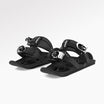






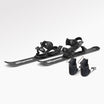






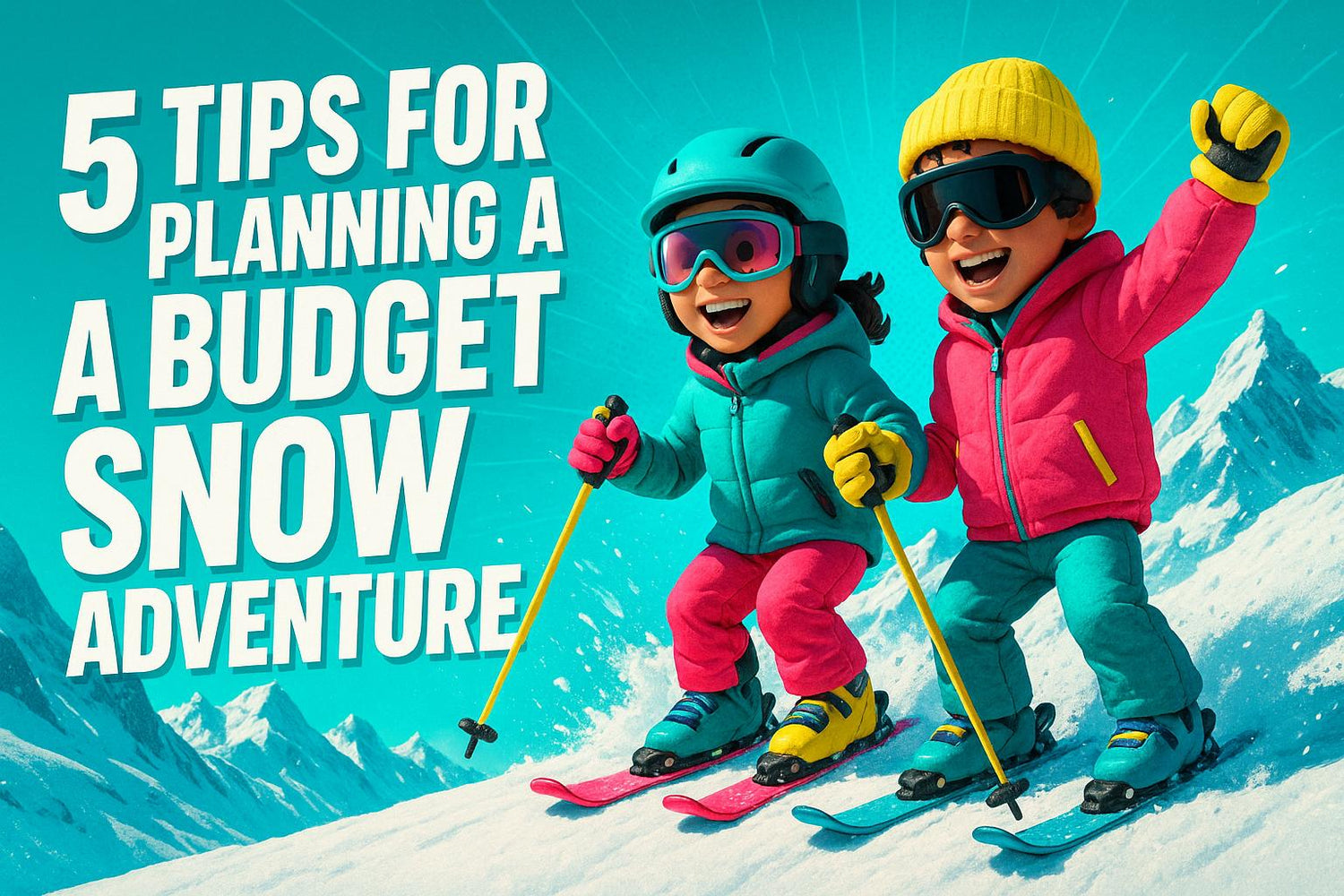
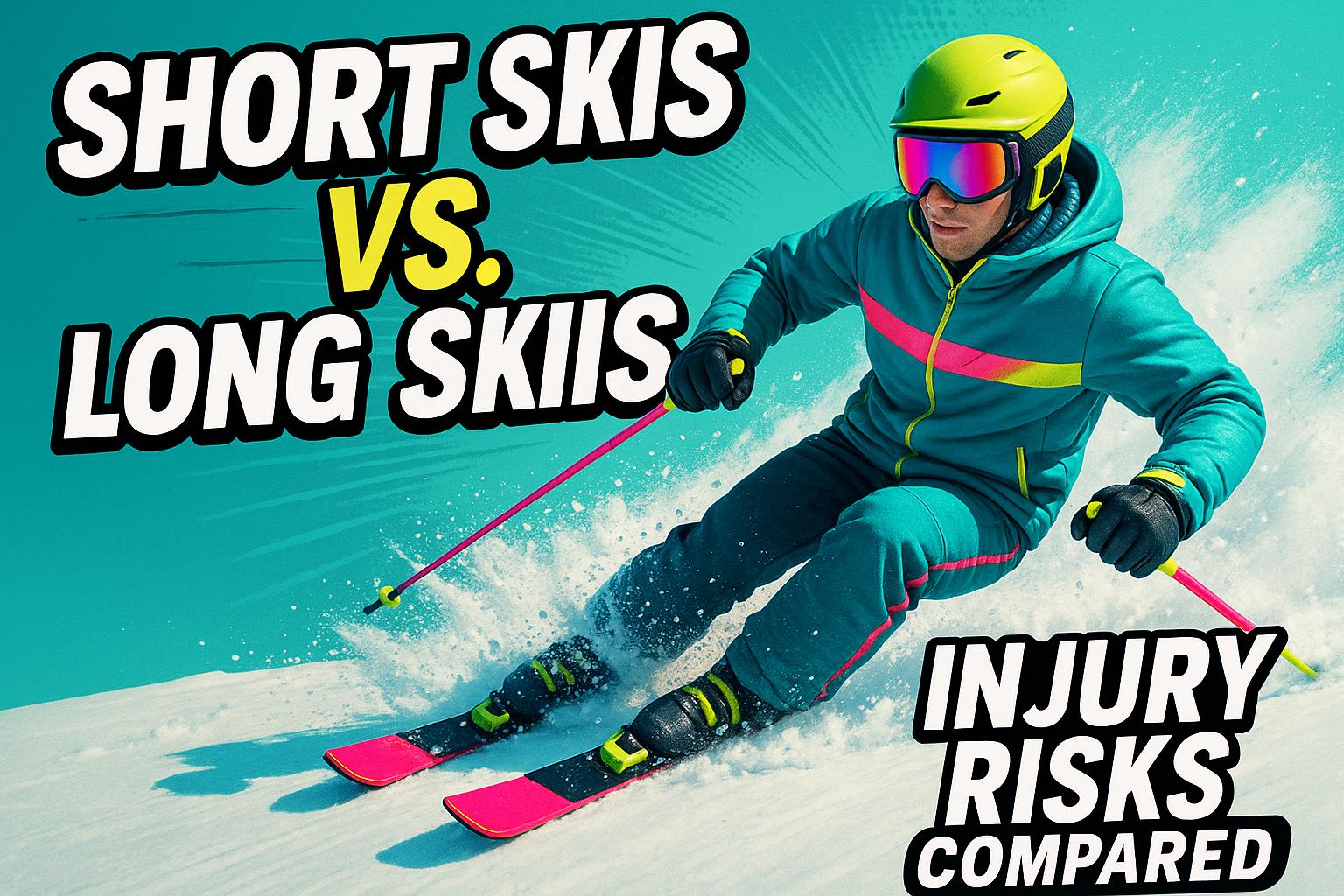
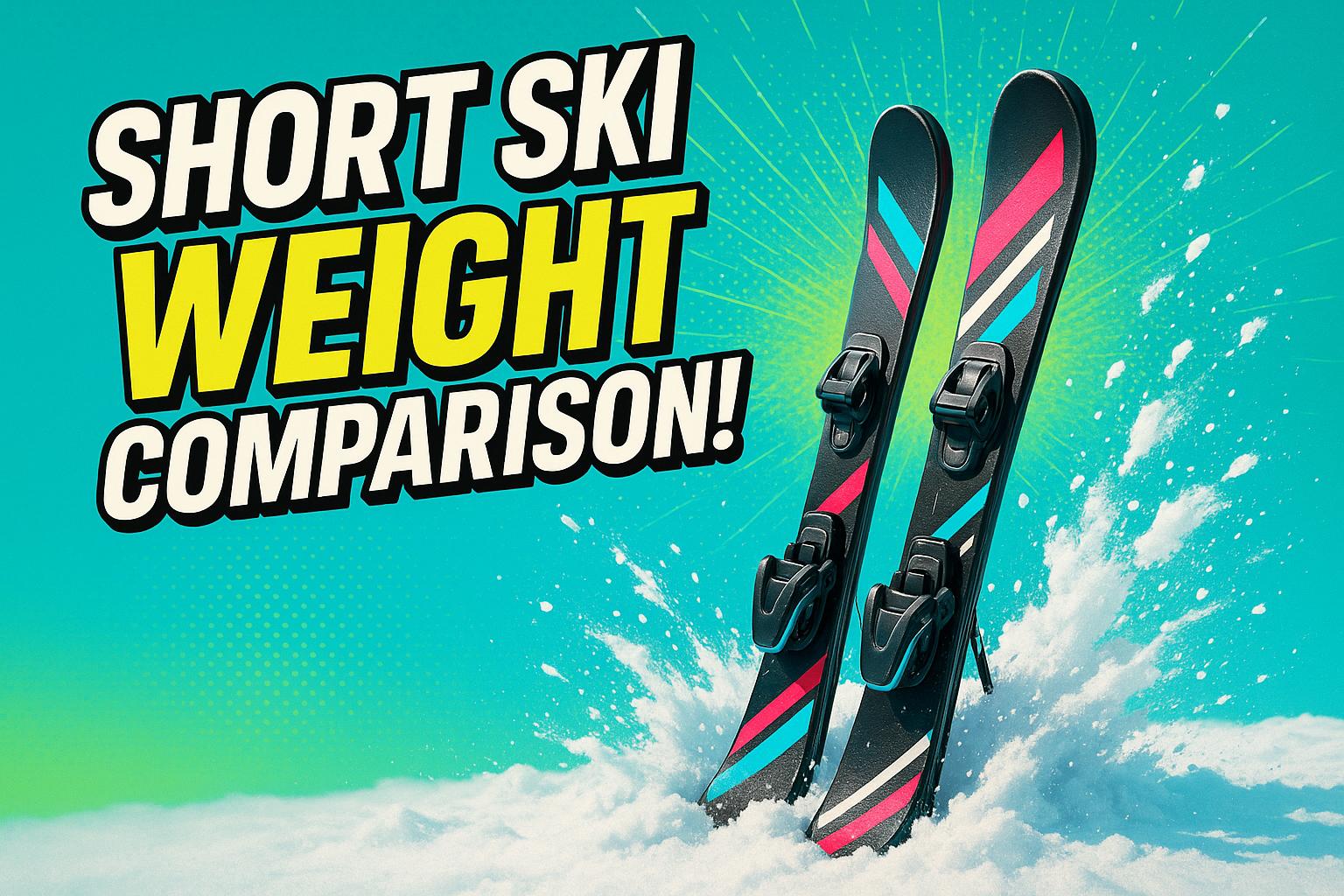

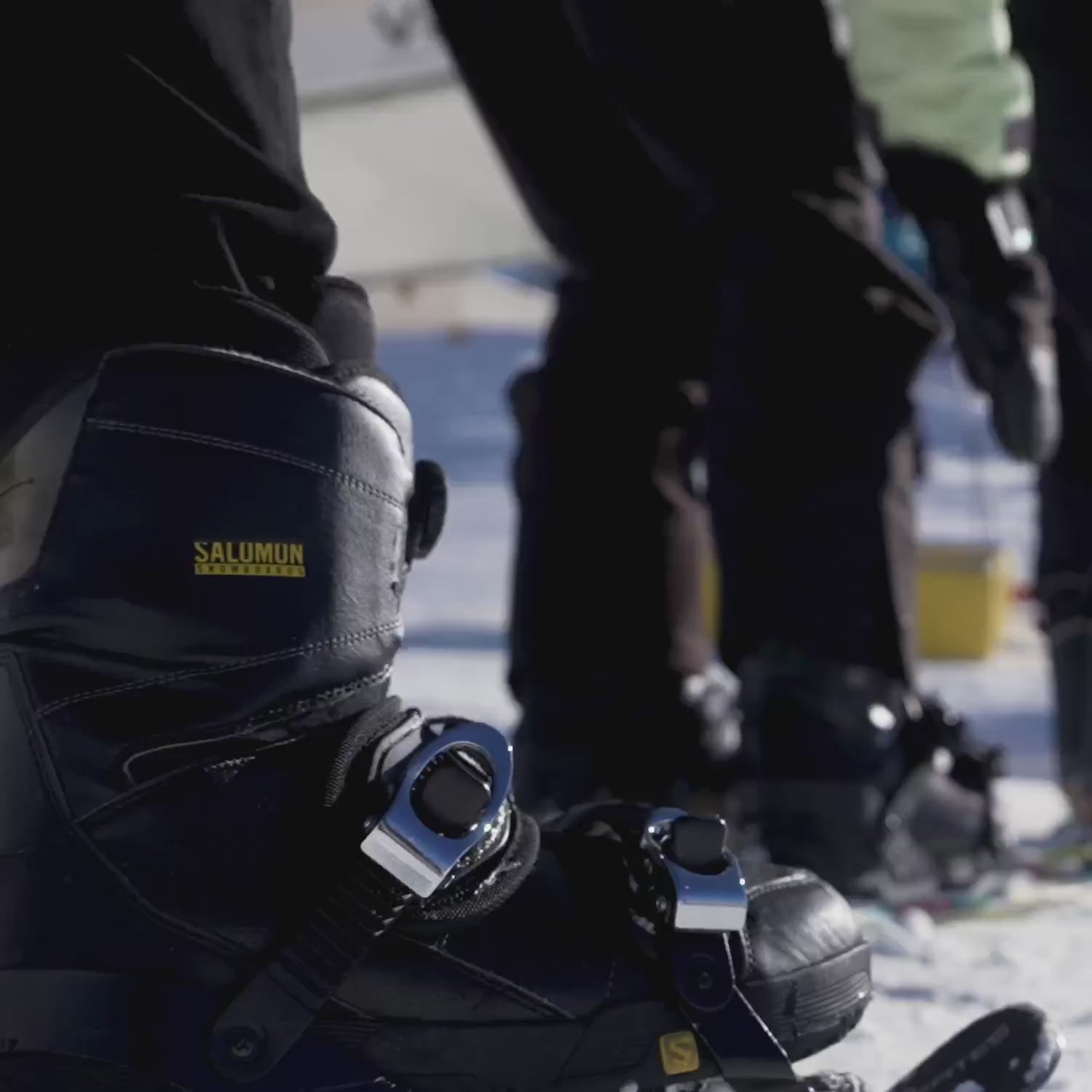


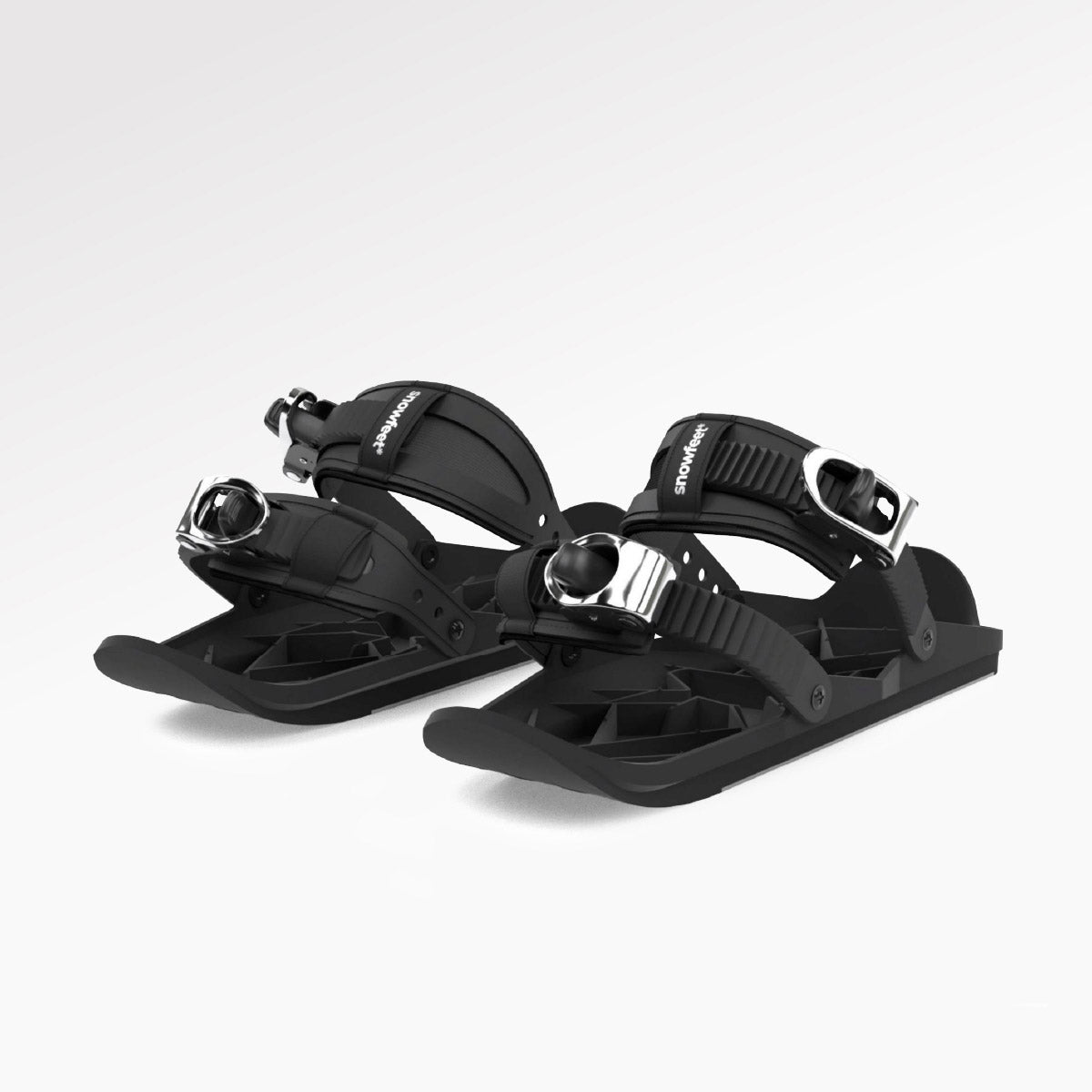
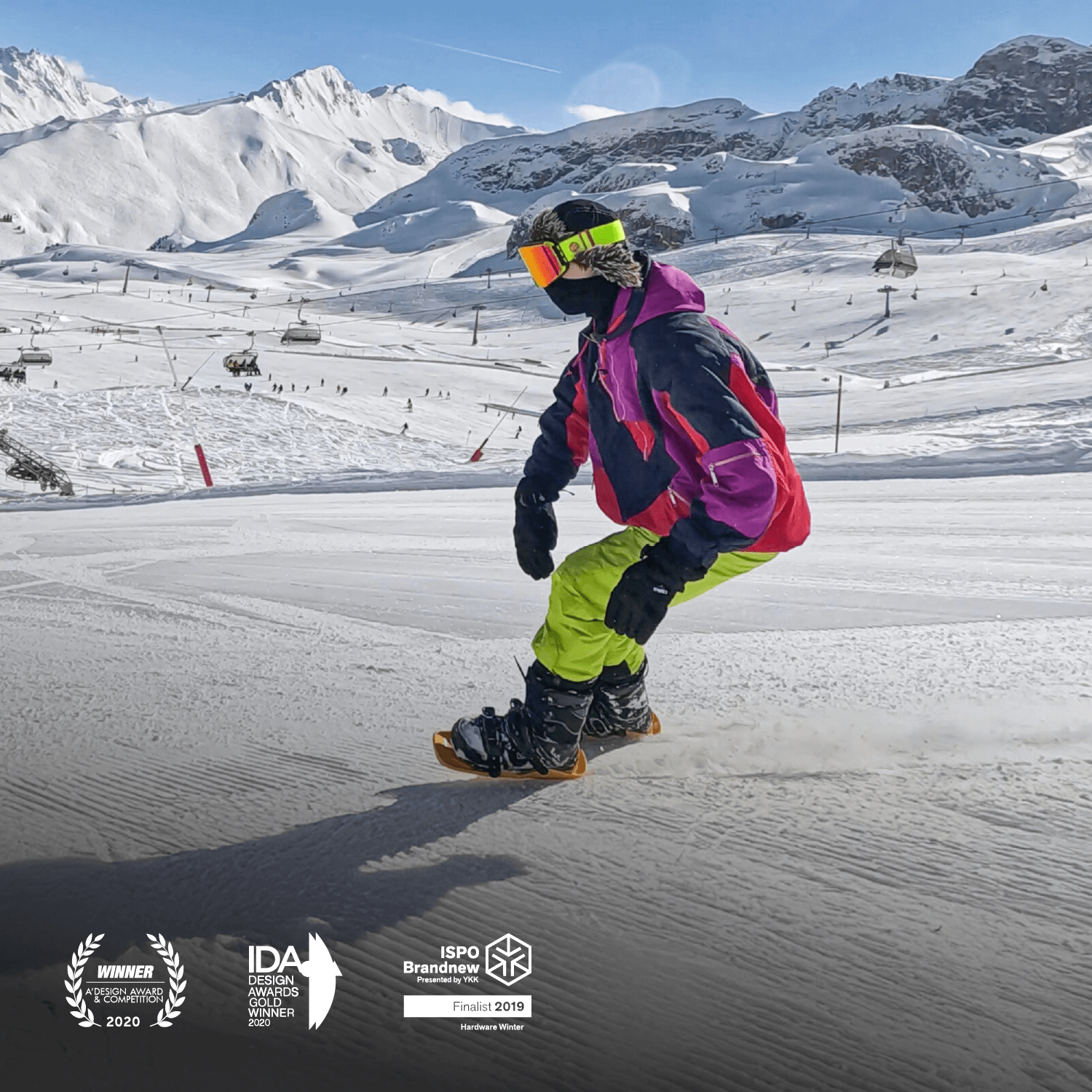

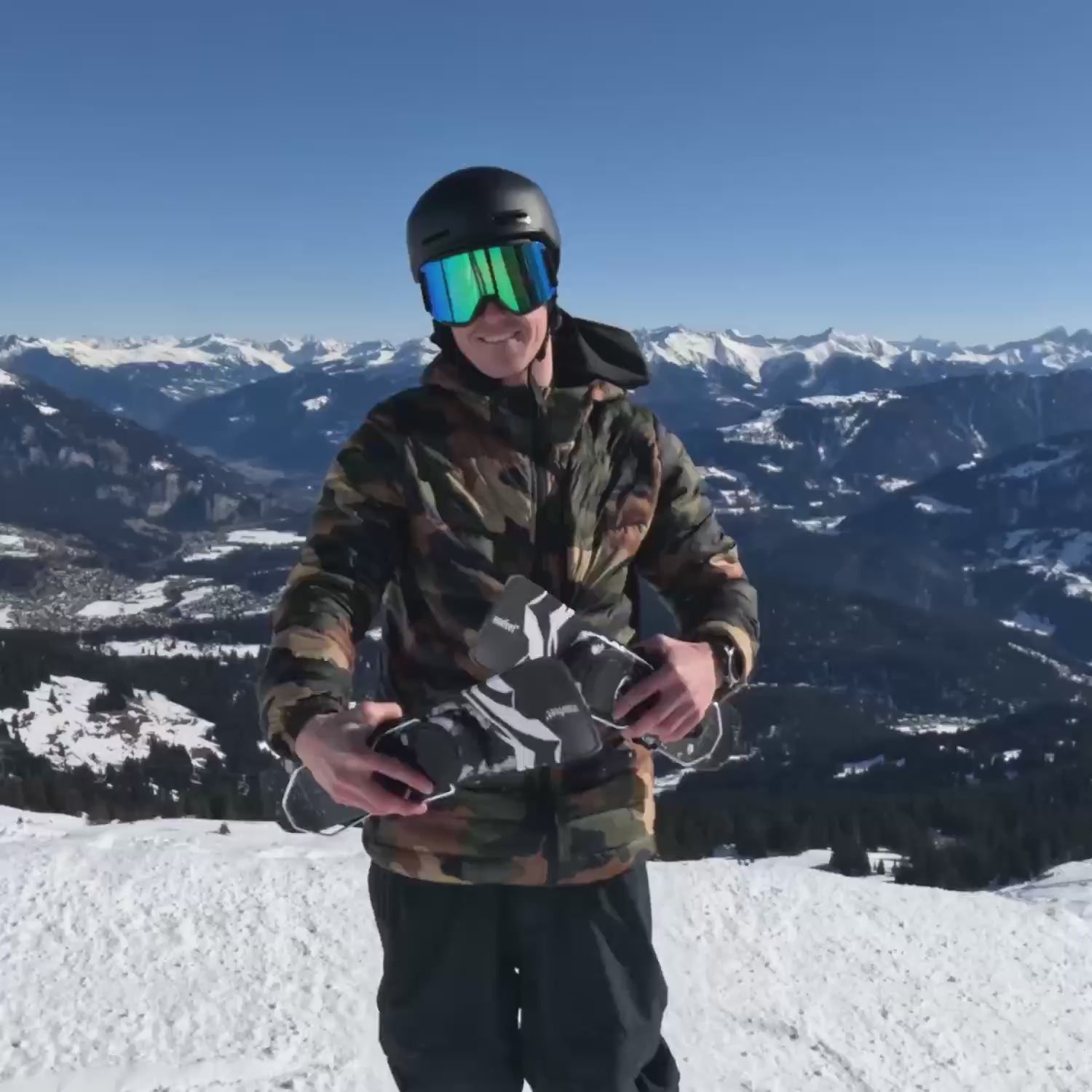

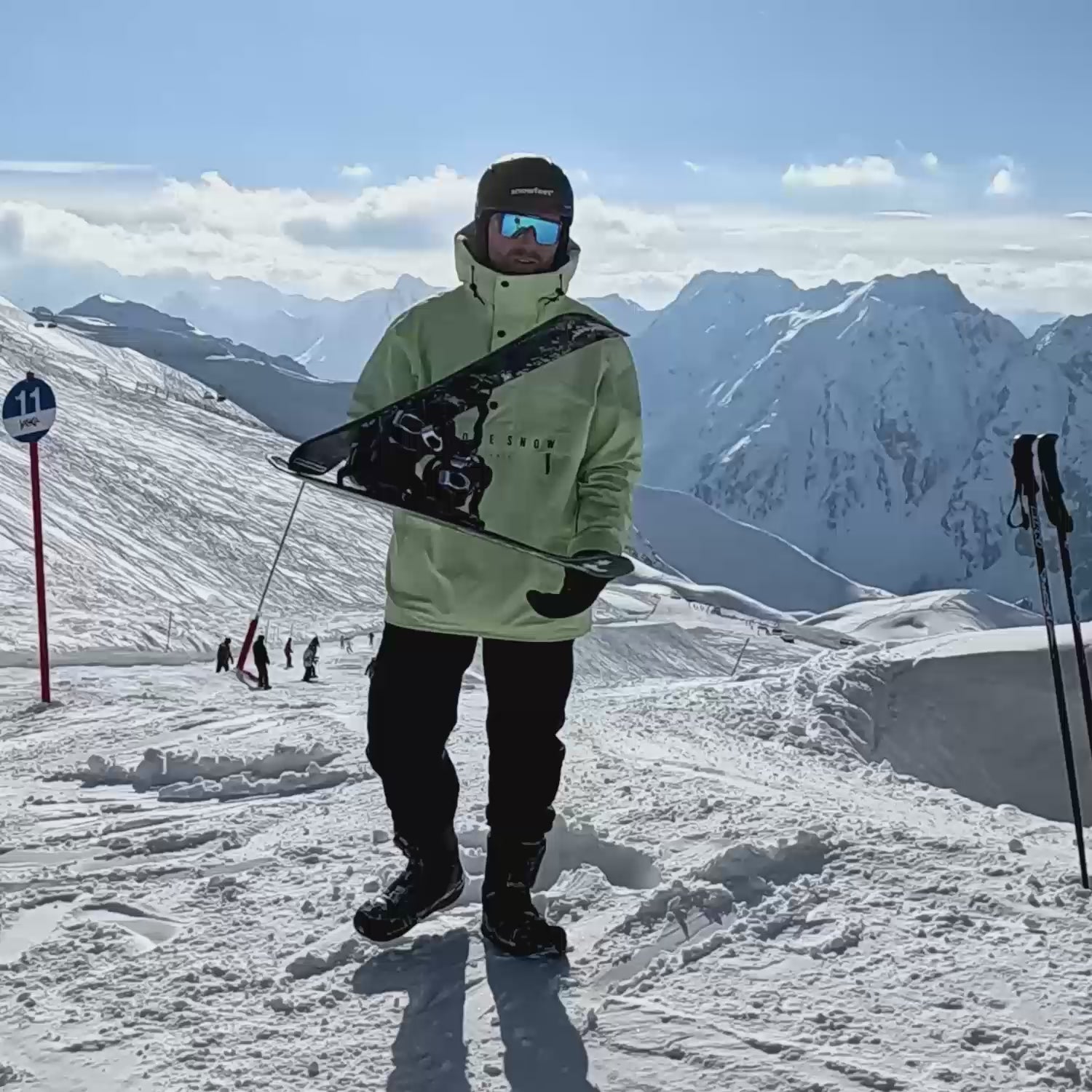
Deja un comentario
Este sitio está protegido por hCaptcha y se aplican la Política de privacidad de hCaptcha y los Términos del servicio.